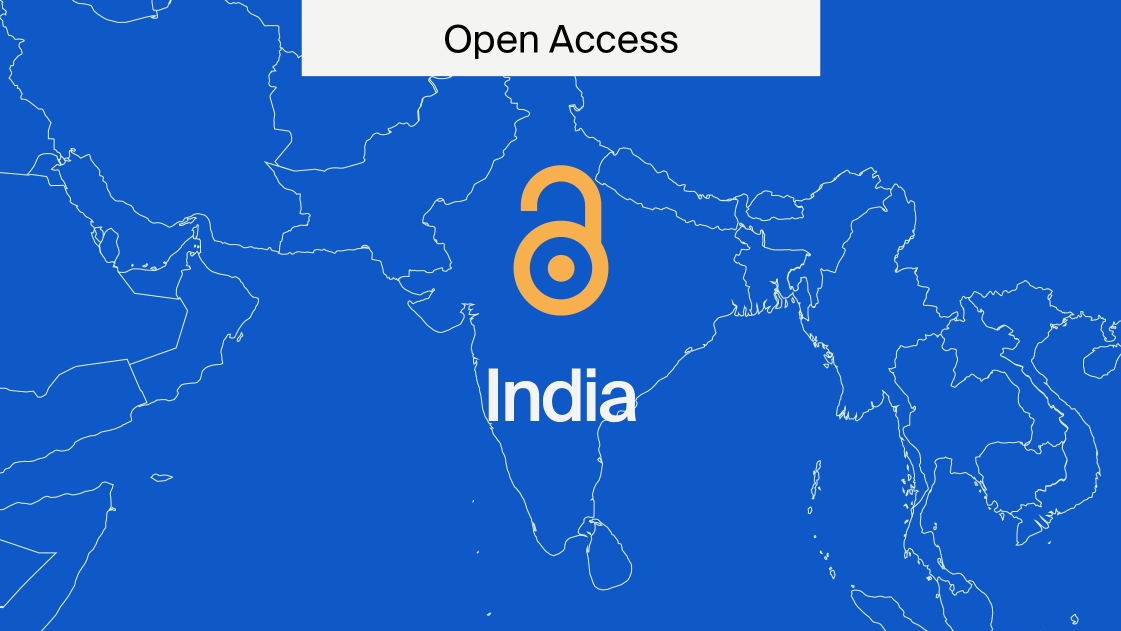
Impact Factor Month
It’s Impact Factor month!
The Clarivate Analytics (formerly Thomson Reuters) Impact Factor (IF) is considered an established measurement of quality for the evaluation of journals. It is commonly used as a stand-in for the relative importance of a journal in any given field. But what is the history behind it? This month, here at MDPI, we will be delving into the topics of Impact Factors and CiteScore to give you information that can help in your decision-making.
A brief history of Impact Factor
Eugene Garfield was born in 1925 and died in 2017. He received his Bachelor of Science in chemistry in 1949. He then received his degree to library science in 1953 and obtained a PhD in 1961. The idea of an impact factor came from his fascination with the idea of finding relevant journals. In 1955, he published his landmark paper in Science magazine. Five years later, the experimental Genetics Citation Index project began, leading to the publication of the 1961 Science Citation Index® (SCI®). Clarivate Analytics citation indexes used computer-compiled statistical reports, not only on the output of journals, but also in terms of citation frequency, laying the groundwork for what we know today as “Impact Factor”.
After using journal statistical data in-house to compile the Science Citation Index, Clarivate Analytics began to publish Journal Citation Reports® (JCR®). The JCR provides quantitative tools for ranking, evaluating, categorizing, and comparing journals. IF is one of these.
Impact Factor, however, has not been without criticism. Some have said that it unfairly hinders science by creating bias. While there has been criticism, Impact Factor remains an important metric that is often used as a shorthand for “how good a journal is”. It is clear that publishing in a journal with an Impact Factor can have an impact on how your work is perceived.
How is an Impact Factor calculated?
Basically, a journal’s Impact Factor is calculated based on two elements: the numerator, which is the number of citations in the current year to any items published in the journal in the previous two years; and the denominator, the number of substantive articles (source items) published in the same two years:
For example,
IF 2021 = 2021 citations of articles published in 2019–2020 / number of articles published in 2019–2020.
Does Impact Factor matter?
This is a bit of a “yes” and “no” answer. A journal’s IF does not affect your results or the data itself. As such, your own work speaks for itself. However, a journal with a higher Impact Factor may be more selective in terms of what papers it will accept. And this means that it might have more prestige than one with a lower IF score. Impact Factors don’t say anything about individual citation rates, they only deal with the averages. Don’t worry too much about whether or not a journal’s Impact Factor will affect your paper (because it won’t). It’s also important to understand that some fields of study don’t have journals that have high Impact Factors. A little bit of research can help you to determine what the landscape of Impact Factors in your field looks like.
An interview with MDPI’s Head of Indexing
Our own Jenny Knowles interviewed Katherine Winkel, MDPI’s Head of Indexing. Katherine explains the difference between Impact Factor and CiteScore. She also gives a brief overview of indexing and how journals are indexed. She also gives us some useful information about the different databases that some of MDPI’s journals are indexed in. Katherine explains how Impact Factors and CiteScores are similar but come from different sources.
Some of the other topics covered in this interview are common misconceptions about indexing, where MDPI journals are indexed, and how people can access indexing databases.
MDPI Journals with impact factors
We are very pleased to announce that, in 2021, MDPI added 13 new journals to its list of journals with Impact Factors. Some of these journals are Batteries, Bioengineering, and Lubricants. In total, as of 2022 MDPI now has 98 journals with an Impact Factor! We also saw 86% of our journals receive a higher Impact Factor than the year before. For a full list of all MDPI journals that have Impact Factors, we encourage you to visit the website.
Did you know that MDPI journals, on average, receive their first journal Impact Factor after only 7 years from the journal’s launch? We’re proud of such a feat, especially considering that MDPI is a relatively young publisher.

We are proud of the many amazing journals who have earned Impact Factors. And we look forward to adding many more MDPI journals to this list.
Other journal rankings
The two most famous rankings are Impact Factor and CiteScore. But there are a range of other rankings that serve different, important purposes. Journals are ranked in a number of ways, as such they all serve slightly different purposes. Here are the most relevant ones and some of what you need to know about the, but for more information, we encourage you to read our deep dive on the subject.
h-index
Originally used exclusively for rewarding academics, h-index has more recently been used to rank journals.
SJR indicator
The SCImago Journal Rank (SJR) indicator is derived from the average number of citations from each year and over a period of three years.
SNIP
Calculated from the number of citations of a specific topic, Source Normalized Impact per Paper (SNIP) provides a way to address any possible inconsistencies between fields.
Web of Science
WoS has four different ranking indexes: SCIE, SSCI, AHCI, and ESCI. SCIE, the Science Citation Index Expanded, is probably the most notable one. SCI, established in 1964, is dedicated to the best science and technology journals.
What about indexing databases and also their associated rankings? We also explain PubMed and Medline and others in a bit more detail in a comprehensive introduction to the subject.
2023 changes
In 2023, Journal Impact Factors were expanded to all Web of Science Core Collection journals including arts and humanities.
This expands the scholarly record and helps researchers understand the landscape of journal publishing more broadly. This also helps level the playing field for all quality journals, including journals that are more recently launched, Open Access, with a niche or regionally focused scope, or from the Global South.
This meant almost 9000 journals, many form the Global South, gained an IF for the first time.
Furthermore, IFs will now be displayed with one decimal place, rather than three. This helps simplify and make IFs more comparable with other metrics.
Further reading
This month we are bringing you interviews and articles about Impact Factors and CiteScores. This year, we added many more journals to our list of journals with an IF. And we will also share the news with you as we learn more. MDPI continues down the road towards being one of the best publishers of academic work in the world. And Impact Factors are one of the many tools that will help get us there. If you want to see our current IF rankings, we have that information readily available on our website!
This article was originally written by Bianca Sylvester. It was released 21 June, 2017, but has been updated substantially to reflect new information and updates.










